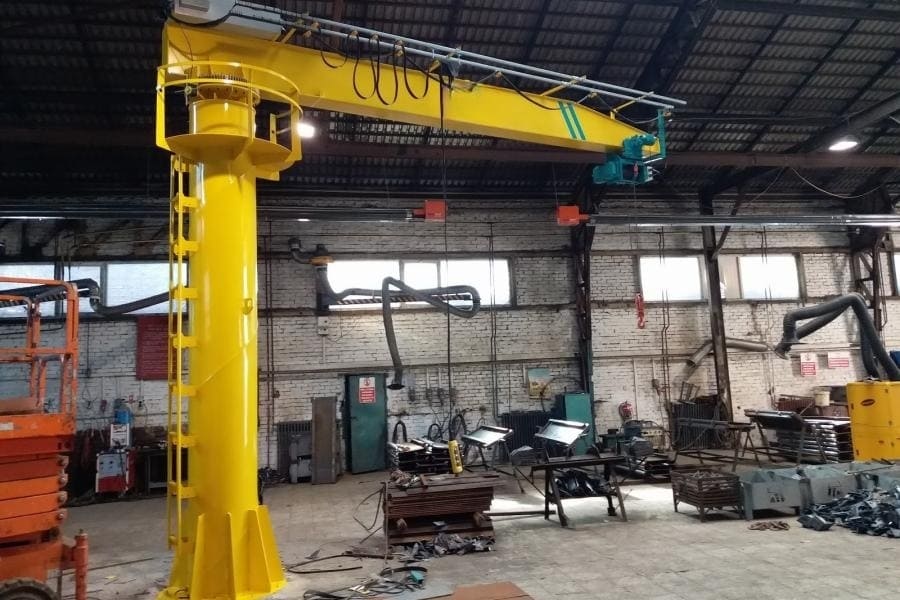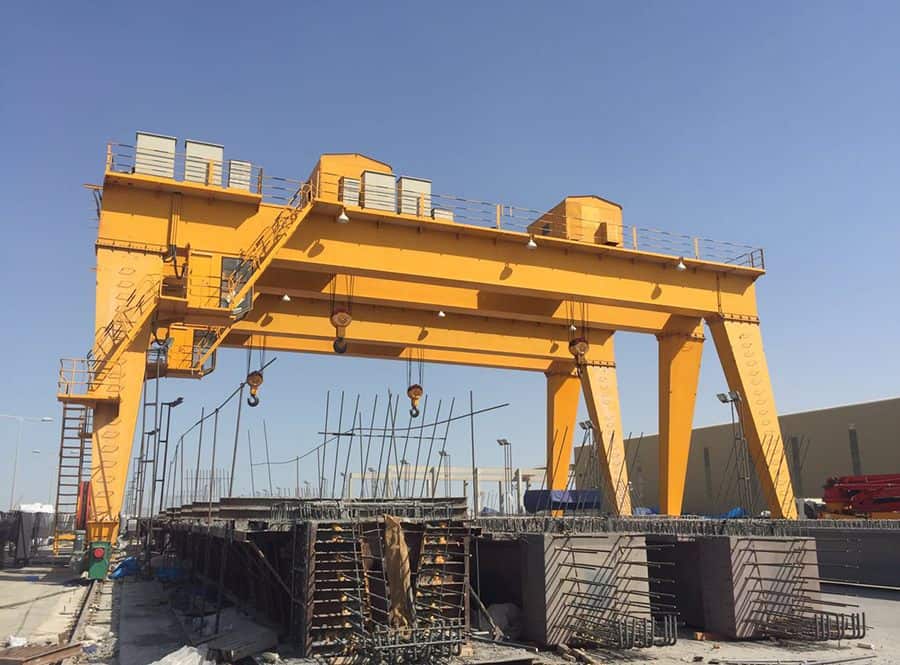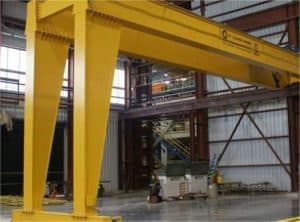Choosing a gantry crane with electric hoist involves considering several factors to ensure it meets your specific requirements. Here are some key steps to help you choose a gantry crane:
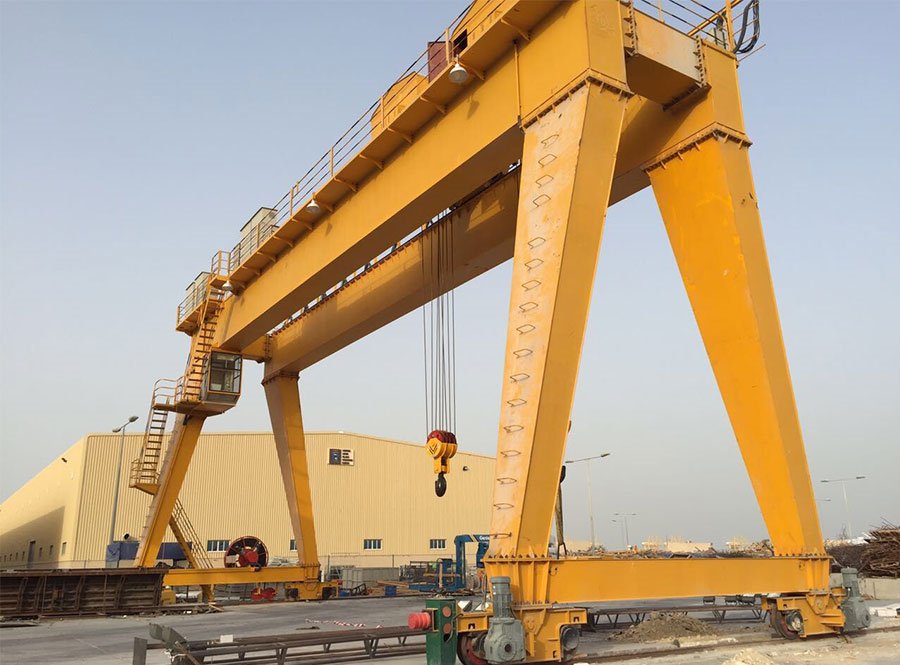
- Determine the lifting capacity: Assess the maximum weight you need the gantry crane to lift. Consider both the current and future needs to ensure the crane can handle your heaviest loads.
- Evaluate the span and height: Measure the distance between the legs of the gantry crane, known as the span, and determine the required lifting height. Consider the available space in your facility and the height of the objects you’ll be lifting to select a gantry crane with suitable dimensions.
- Consider the environment: Evaluate the working environment where the mobile girder rail gantry will be used. If it will be exposed to outdoor conditions or certain hazards, such as moisture, chemicals, or extreme temperatures, choose a gantry crane with appropriate corrosion protection or specific features to withstand those conditions.
- Assess mobility requirements: Determine if you need a fixed or mobile gantry crane. Fixed gantry cranes are stationary and typically offer higher lifting capacities, while mobile gantry cranes provide flexibility and can be moved around the work area. Consider your operational needs and space constraints when deciding which type suits your requirements.
- Choose the power source: Gantry cranes can be powered electrically or by hydraulic systems. Electric gantry cranes are commonly used and provide smoother operation, while hydraulic gantry cranes offer high lifting capacities and can be suitable for heavy-duty applications. Select the power source based on your specific needs and available resources.
- Consider safety features: Safety is paramount when operating a gantry crane. Look for safety features such as overload protection, emergency stop buttons, limit switches, and safety brakes. These features ensure the crane operates safely and protect against accidents or equipment damage.
- Evaluate additional features and accessories: Depending on your application, you may require additional features or accessories such as hoists, trolleys, or specialized lifting attachments. Consider any specific requirements you have and ensure the gantry crane can accommodate them.
- Assess maintenance and support: Consider the availability of spare parts, maintenance requirements, and technical support for the gantry crane. It’s important to choose a crane from a reputable manufacturer or supplier that can provide timely support and maintenance services when needed.
- Set a budget: Determine your budget for the gantry crane, including the purchase cost, installation expenses, and any additional accessories or features. Balance your requirements with the available budget to find the best-suited gantry crane within your financial constraints.
- Seek expert advice: If you’re unsure about any aspect of selecting a gantry crane, consult with industry experts or crane manufacturers. They can provide valuable insights and guidance based on your specific needs, ensuring you make an informed decision.
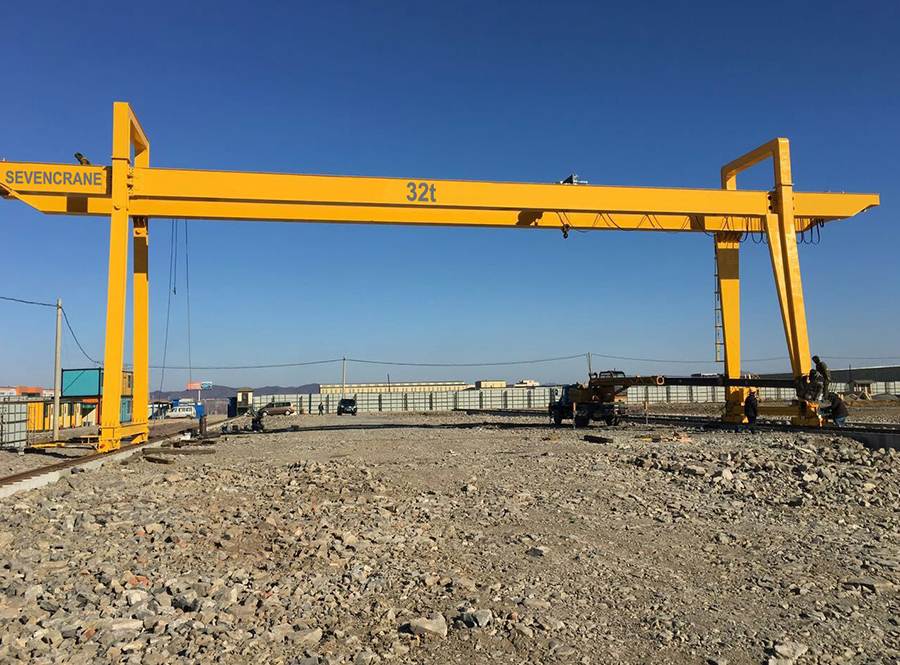
By following these steps and considering your specific requirements, you can choose a gantry crane that best meets your lifting needs and operational environment.








